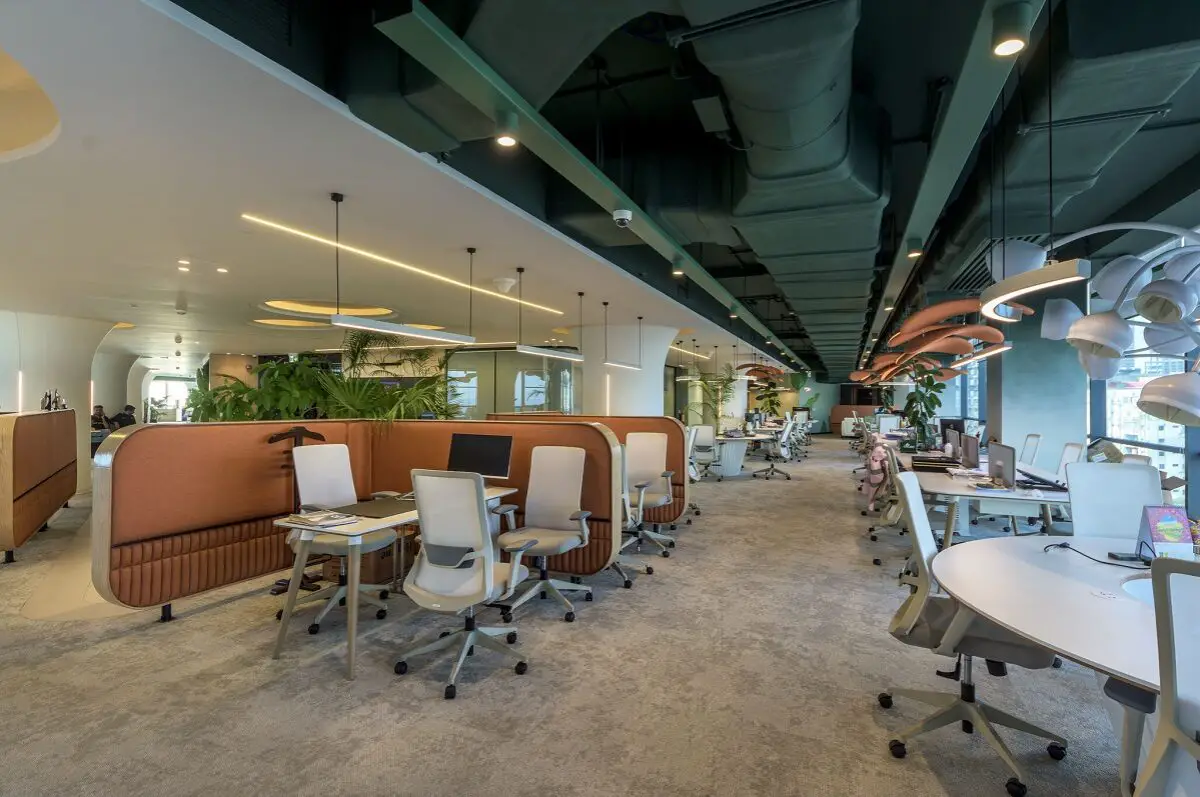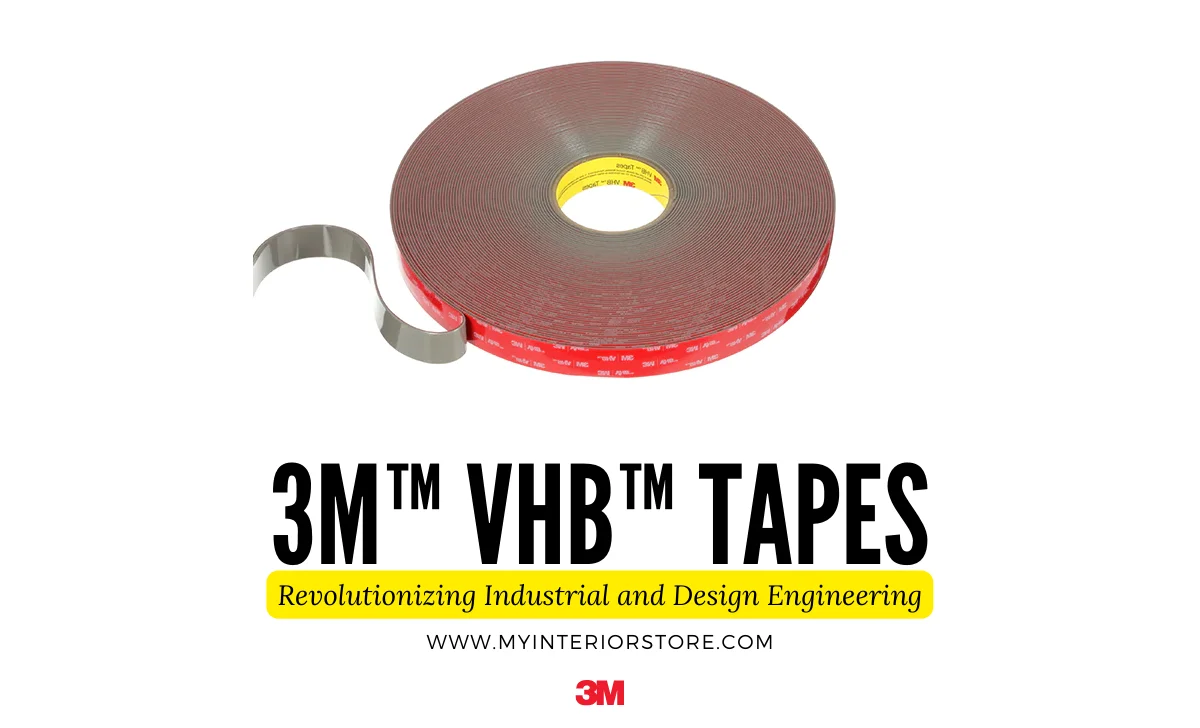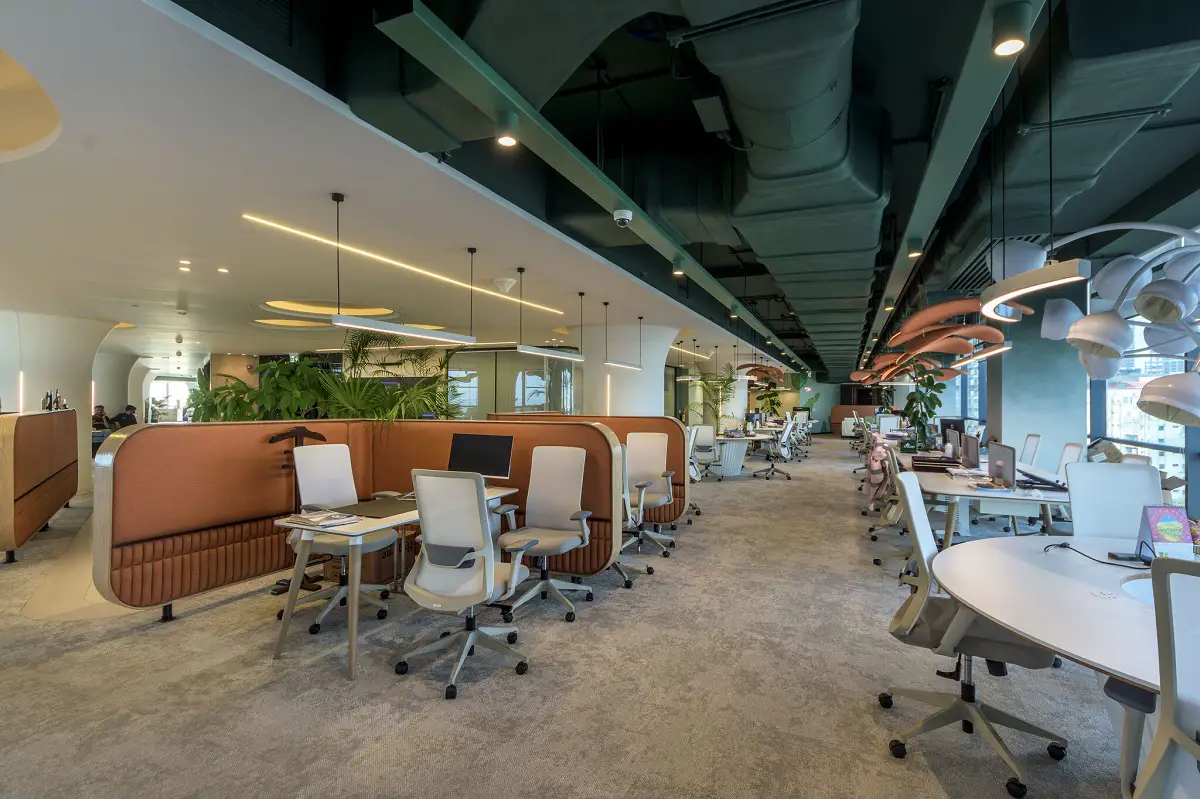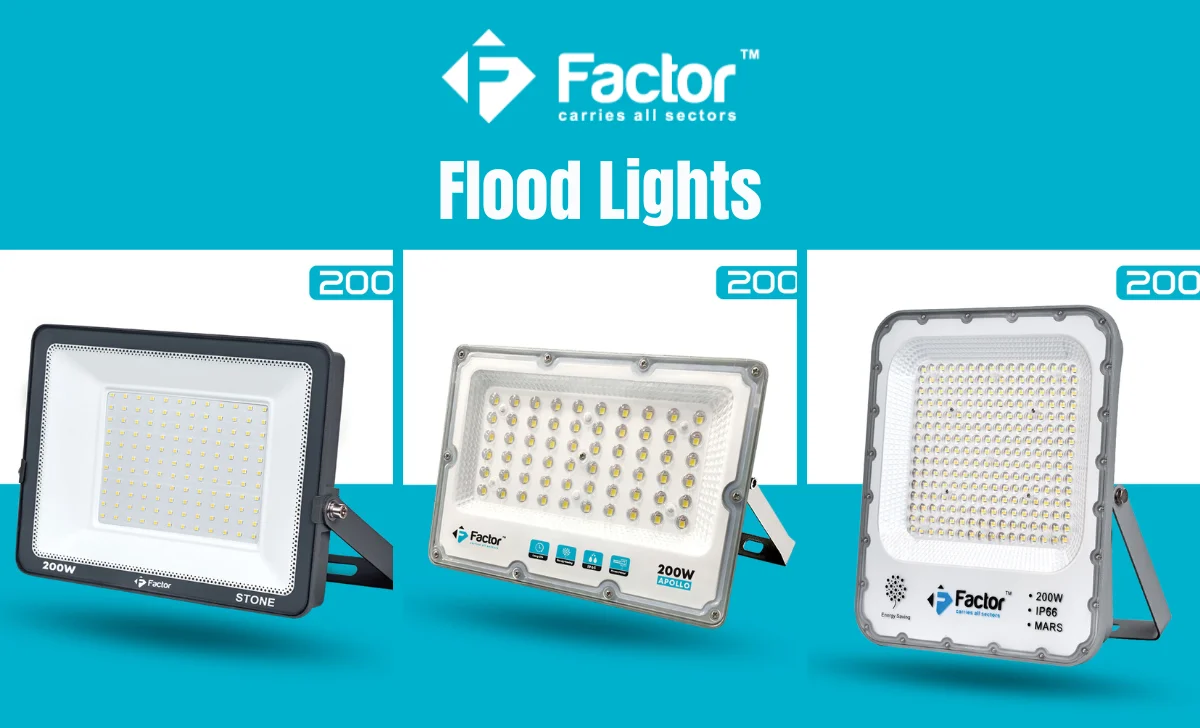3M VHB tapes have gained popularity in various industries for their exceptional bonding capabilities and durability. These tapes provide a reliable alternative to traditional mechanical fasteners, offering a strong and long-lasting bond between different materials. In Pakistan, the demand for 3M VHB tapes has been on the rise, thanks to their versatile applications and reliable performance.
Lets explore the world of 3M VHB tapes and their availability in Pakistan. We’ll discuss the benefits of using these tapes, their applications in different industries, and the various varieties available in the market. Whether you’re in the automotive, construction, electronics, or signage industry, 3M VHB tapes can offer you a reliable bonding solution.
What are 3M VHB Tapes?
3M VHB tapes are high-strength bonding tapes that provide a robust alternative to traditional fasteners such as screws, rivets, and welds. VHB stands for “Very High Bond,” which accurately describes the tapes’ exceptional bonding capabilities. These tapes are made of a viscoelastic acrylic foam core, which allows them to bond to various surfaces, even those with different surface energies.
Benefits of 3M VHB Tapes
Strong bonding capabilities
One of the key advantages of 3M VHB tapes is their ability to create strong bonds between different materials. Whether you’re bonding metal to metal, metal to plastic, or even dissimilar materials, these tapes provide a reliable and durable bond. The high-strength adhesive properties of VHB tapes ensure that the bond remains intact even under extreme conditions.
Durability in various conditions
3M VHB tapes are designed to withstand a wide range of environmental conditions. They offer excellent resistance to temperature changes, UV exposure, moisture, and even chemicals. This durability makes them suitable for both indoor and outdoor applications, ensuring that the bond remains strong and reliable over time.
Versatility and ease of use
Another significant advantage of 3M VHB tapes is their versatility and ease of use. These tapes can be easily cut to size, allowing for precise
Applications of 3M VHB Tapes
3M VHB tapes find applications across a wide range of industries due to their versatility and reliable bonding capabilities. Let’s explore some of the common industries where these tapes are extensively used:
1. Automotive industry
In the automotive industry, 3M VHB tapes play a vital role in various applications. They are used for bonding exterior trim components, such as body side moldings, emblems, and roof rails. These tapes provide a secure bond that can withstand the rigorous conditions experienced by vehicles, including vibrations, temperature fluctuations, and exposure to harsh weather elements.
2. Construction industry
In the construction industry, 3M VHB tapes are used for bonding architectural panels, such as aluminum composite panels and curtain wall panels. The tapes provide a strong bond that eliminates the need for drilling or welding, ensuring a clean and aesthetically pleasing finish. They are also used for bonding interior elements, such as signs, displays, and decorative panels.
3. Electronics industry
Electronics manufacturers rely on 3M VHB tapes for bonding components and securing delicate parts. These tapes offer excellent electrical insulation properties and can adhere to a variety of substrates, including metals, plastics, and glass. They are commonly used for bonding display frames, touchscreens, and securing battery packs.
4. Signage and graphics industry
In the signage and graphics industry, 3M VHB tapes provide a reliable solution for mounting signs, panels, and displays. They offer a strong bond that can withstand outdoor conditions, ensuring that the signage remains securely in place. The tapes also eliminate the need for drilling holes, preserving the integrity of the sign or graphics.
Different Varieties of 3M VHB Tapes
3M offers a wide range of VHB tapes, each designed for specific applications and requirements. Let’s take a look at some of the popular varieties available:
VHB Tape LSE-110WF
- Size: White, 12 mm x 33 m, 0.6 mm
- Stock: UU009091941
- UPC: 4054596461680
VHB Tape GPH series
- Options available: 5925 Black, 5925F
- Stock: B40072038
- UPC: 4054596735620
VHB Flame Retardant Tape 5958FR
- Stock: B40065792
- UPC: 50051115236483
VHB Tape RP+040GF
- Color: Gray
- Size: 1120 mm x 66 m, 0.4 mm
- Film Liner
- Stock: UU012077614
- UPC: 04064035066024
VHB Tape 4959
- Stock: B40072034
VHB Tape 4611
- Stock: B40072021
- UPC: 4046719675074
VHB Tape 4991F
- Color: Grey
- Size: 19 mm x 16.5 m, 2.3 mm
- Stock: DT499100196
- UPC: 4001895838361
VHB Adhesive Transfer Tape F9473PC
- Options available
- Stock: N/A
VHB Structural Metal Cladding Tape W20F
- Options available
VHB Tape 5952
- Stock: B40065688
- UPC: 4054596736917
VHB Tape 4950
- Color: White
- Size: 1 in x 36 yd, 45.0 mil
- Quantity: 2 per case
VHB Tape 4910
- Color: Clear
- Size: 1 in x 36 yd, 40.0 mil
- Quantity: 9 per case
- Stock: B40072022
- UPC: 4054596308497
VHB Tape 4930
- Color: White
- Size: 1 in x 72 yd, 25.0 mil
- Stock: B40071690
- UPC: 04064035001315
VHB Tape RP+080GF
- Color: Gray
- Size: 1120 mm x 66 m, 0.8 mm
- Film Liner
- Stock: UU012076640
- UPC: 04064035065980
VHB Tape RP+230GF
- Color: Gray
- Size: 1120 mm x 33 m, 2.3 mm
- Film Liner
- Stock: UU012076657
- UPC: 04064035066000
VHB Tape 5930
- Stock: B40072039
These are just a few examples of the extensive range of 3M VHB tapes available. Each variety offers unique characteristics and is designed to cater to specific bonding needs. When selecting the right tape for your application, consider factors such as the type of surfaces being bonded, environmental conditions, and the required bond strength.
How to Choose the Right 3M VHB Tape for Your Application
Choosing the appropriate 3M VHB tape is crucial to achieving a successful bond. Here are some factors to consider when selecting the right tape for your specific application:
- Consider the surface materials: Evaluate the type of materials you need to bond. Whether it’s metal, plastic, glass, or composite materials, there are specific 3M VHB tapes designed to adhere to each substrate.
- Evaluate environmental factors: Take into account the environmental conditions the tape will be exposed to. Consider factors such as temperature fluctuations, UV exposure, humidity, and chemical exposure. Ensure that the selected tape is suitable for the intended environment.
- Determine the required bond strength: Assess the load-bearing requirements of your application. Different tapes offer varying levels of bond strength, and it’s essential to choose a tape that can withstand the expected stresses and loads.
By carefully considering these factors, you can select the most appropriate 3M VHB tape for your specific bonding needs, ensuring a reliable and long-lasting bond.
Where to Buy 3M VHB Tapes in Pakistan
3M VHB tapes are widely available in Pakistan. You can find them at authorized 3M distributors, hardware stores, and online marketplaces. It’s recommended to purchase from trusted sources to ensure you’re getting genuine 3M products.











